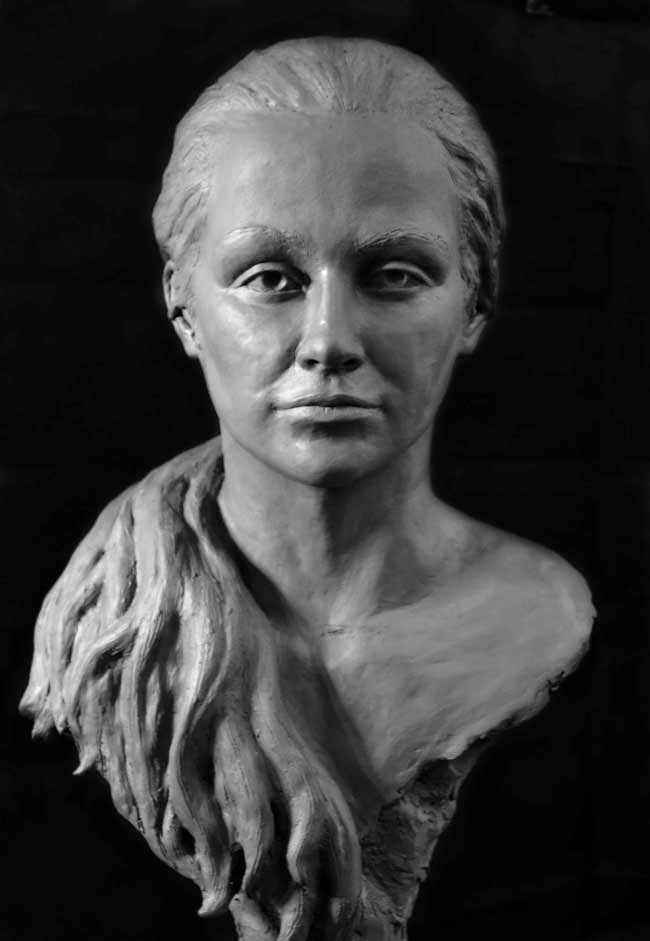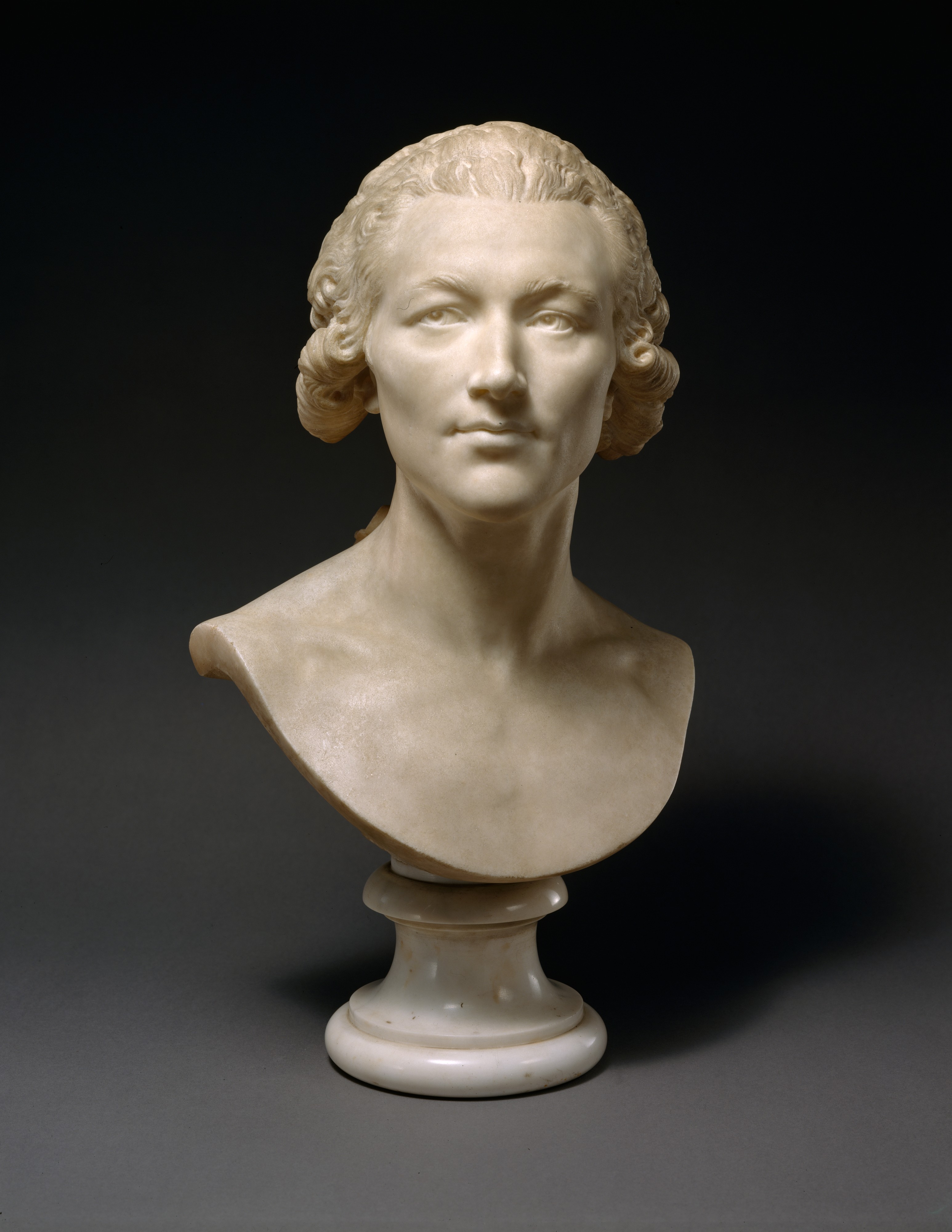Beyond Boundaries: Contemporary Sculptures Redefining Perspectives
Wiki Article
Checking Out Various Materials in Sculpture Art
From ancient rock sculptures to contemporary mixed media productions, artists have actually continuously discovered the unlimited possibilities of various materials. In this short article, we will delve right into the fascinating globe of checking out various materials in sculpture art. We will certainly uncover the classic beauty of rock sculptures, the elaborate workmanship of metal work of arts, the malleability of clay productions, the unconventional usage of blended media, and the improvement of normal things into amazing works of art.Rock Sculptures: Timeless and old
Stone sculptures have actually long been appreciated for their long-lasting charm and timeless charm. Going back countless years, rock sculptures have been a prominent type of artistic expression throughout various cultures and human beings. From the ancient Egyptians and Greeks to the Mayans and Chinese, artists have made use of rock as a medium to develop awe-inspiring jobs of art that have stood the test of time.Among the key reasons for the lasting appeal of rock sculptures is the durability of the material itself. Unlike other mediums that may deteriorate gradually, rock has verified to be durable and able to stand up to the components. This sturdiness has permitted rock sculptures to make it through for centuries, serving as a testament to the craftsmanship and ability of the musicians who produced them.
In addition, stone sculptures possess a feeling of permanence and strength that is unparalleled by various other products. The weight and appearance of rock provide sculptures a feeling of visibility and material, making them a focal point in any kind of room they live in. Whether presented in museums, yards, or public spaces, rock sculptures command attention and evoke a sense of timelessness.
In addition, the all-natural charm of rock contributes to its appeal as a medium for artists. The unique shades, patterns, and appearances located in various sorts of rock add to the aesthetic charm and artistic expression of the sculptures. From the smooth beauty of marble to the rugged charm of granite, each kind of stone offers its very own distinct visual qualities, permitting artists to produce truly distinctive items.
Metal Work Of Arts: From Iron to Bronze
Proceeding the exploration of materials in sculpture art, the shift from rock to metal comes up with a new world of creative thinking and workmanship. Steel sculptures have a abundant and long history, going back to ancient people. From iron to bronze, artists have actually taken advantage of the special residential or commercial properties of these metals to create masterpieces that captivate and inspire.
Bronze, on the other hand, uses a various collection of high qualities that musicians have actually utilized to excellent impact. Its malleability and capability to hold fine details make it a suitable material for shaping complex and fragile kinds. Bronze sculptures usually emanate a feeling of sophistication and grace, with their smooth surface areas and subtle patinas.


Clay Creations: Flexible and Functional
Clay sculptures, with their functional and malleable nature, deal musicians a vast range of innovative opportunities worldwide of sculpture art. Clay, an all-natural material made up of minerals and water, has actually been used by musicians for centuries to produce meaningful and detailed sculptures.

Among the vital advantages of collaborating with clay is its capacity to be molded and formed conveniently. Artists can manipulate the clay utilizing their tools or hands, enabling for the production of detailed details and textures. This pliability gives musicians the flexibility to experiment and discover different forms and designs.
An additional benefit of clay is its versatility in terms of firing strategies. It can be discharged at numerous temperature levels, causing various surfaces and impacts. For instance, low-fired clay creates a porous and fragile surface, while high-fired clay creates a sturdy and smooth surface.
Furthermore, clay supplies artists the possibility to operate in both additive and subtractive approaches. They can develop layers of clay to produce a sculpture from square one, or they can sculpt away excess clay to reveal the preferred form. This adaptability allows musicians to adjust their methods to match their creative vision.
Clay sculptures can be do with various methods, such as glazing, painting, or adding various other products like metals or timber. This further improves the artistic possibilities and enables the development of aesthetically striking and one-of-a-kind items.
In conclusion, the malleability and adaptability of clay make it a suitable tool for artists to explore their creativity in sculpture art. Its capacity to be built, fired, and finished in different means opens a globe of opportunities, allowing artists to bring their visions to life via the meaningful and tactile nature of clay sculptures.
Multimedia Magic: Unconventional Materials in Sculpture
With an expanding interest in pushing the limits of standard sculpture, musicians have actually begun to welcome mixed media as a way of incorporating non-traditional materials into their creative productions. By integrating different materials, musicians can develop vibrant and aesthetically striking sculptures that challenge the customer's perception of what sculpture can be.Multimedias sculptures usually feature a combination of products such as timber, steel, textile, found things, and also organic materials like plants or pet components. These unusual products add deepness, structure, and suggesting to the artwork, allowing artists to discover brand-new concepts and ideas.
One example of multimedias sculpture is the job of artist Louise Nevelson - Contemporary Sculptures. She is known for her assemblages made from located things and thrown out materials. Her sculptures, typically repainted in monochromatic colors, produce intricate and abstract structures that evoke a sense of mystery and symbolism
One more musician who utilizes blended media in sculpture is Ron Mueck. He develops hyper-realistic sculptures by incorporating products such as silicone, fiberglass, and human hair. Mueck's sculptures challenge our understanding of scale and fact, as he commonly creates miniature or larger-than-life figures that show up exceptionally realistic.
Multimedias sculpture enables artists to explore unusual materials, increasing the possibilities of what sculpture can be. Bronze Sculptures. By integrating various products, musicians can produce thought-provoking and special artworks that captivate and involve visitors in brand-new and unexpected methods
Found Object Art: Changing the Ordinary Into Extraordinary
Found item art is a transformative practice that boosts day-to-day products into amazing sculptures. This creative technique involves using arbitrary, thrown out items that are repurposed and given new life. By integrating these located objects into their work, musicians test typical ideas of what constitutes art and create provocative items that engage viewers in one-of-a-kind methods.The beauty of found item art hinges on its capacity to change the ordinary into something extraordinary. Musicians look for thrown out products such as old tools, house things, or perhaps all-natural products like branches and rocks, and utilize them as the foundation for their sculptures (Robert C Hitchcock Sculptor). With careful plan, manipulation, and often also modification, these objects are transformed right into exciting works of art that invite audiences to reevaluate the value and potential of daily items
This art kind encourages customers to examine their presumptions of elegance and meaning. By providing acquainted objects in strange contexts, found things art tests us to see the globe in brand-new and exciting means. It encourages us to look beyond the surface and uncover hidden stories and links within the things themselves.
Verdict
Finally, exploring various products in sculpture art enables musicians to express their creativity and bring their visions to life. Stone sculptures showcase the classic and ancient charm of all-natural products, while metal masterpieces demonstrate the convenience this content and strength of iron and bronze. Clay creations provide a versatile and flexible tool for artists to shape and mold (Portrait Sculptor). Multimedias magic and found things art obstacle typical notions of sculpture, transforming average products into extraordinary jobs of art.From old rock sculptures to contemporary mixed media creations, artists have continually explored the countless possibilities of various materials. Clay sculptures, with their malleable and functional nature, deal musicians a broad variety of creative possibilities in the globe of sculpture art. Clay, an all-natural material made up of minerals and water, has actually been used by musicians for centuries to create expressive and complex sculptures.
In final thought, the pliability and flexibility of clay make it an optimal tool for artists to discover their creativity in sculpture art.In conclusion, exploring different products in sculpture art permits artists to reveal their creativity and bring their visions to life.
Report this wiki page